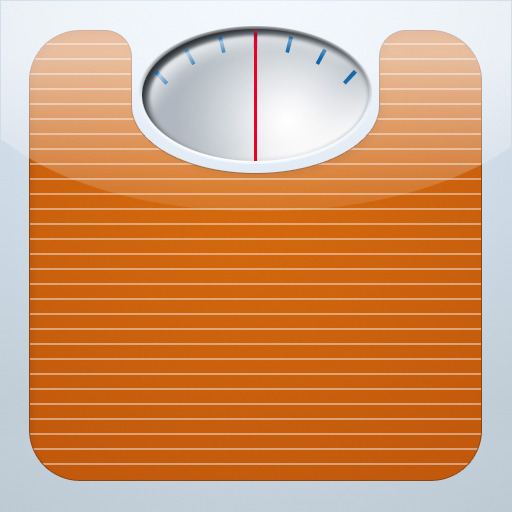(A Very Brief) Overview
In 2011 it was estimated that over 25 million U.S. citizens are believed to have diabetes. Of that number 18.8 million people were diagnosed while approximately 7 million people were currently undiagnosed. That was 8.3% of the U.S. population in 2011, almost 10% of us!
 |
| Thing 1 and Thing 2 are far more pleasant than type 1 and type 2 diabetes. |
Type 1 vs. Type 2
In type 1 you do not produce insulin, so when blood glucose rises there is no signal that cells need to move transporters to the cells' surface to take in glucose. When this happens blood glucose can remain high and cause a litany of complications. In addition, when your body is unable to use blood glucose it causes the body to think it is starving and it then resorts to other sources of energy. This can lead to muscle breakdown and excessive utilization of fat stores (which can lead to a dangerous complication known as ketoacidosis). In type 1 diabetes, patients are prescribed insulin to help the body move glucose into cells.In type 2 diabetes your body still produces insulin but your cells do not react to it as well, this results in glucose utilization by cells being lowered. This also results in high blood glucose levels and can result in complications. In type 2 diabetes, patients are not usually given insulin since their body can still produce it. Instead, patients can be given drugs to increase insulin production, to lower glucose release by the liver, and /or to make cells more sensitive to insulin. In addition to prescription drugs, type 2 diabetes can be managed through a healthy diet and exercise.
Diabetes and Exercise
In both forms of the disease, blood glucose levels should be monitored pre-, during, and post- exercise. If blood glucose levels are above 250 mg/ dL, the urine should also be checked for ketones (if they are present it could indicate ketoacidosis). Monitoring pre- exercise will let one know if they ready to exercise. For instance, it is not recommended a person with diabetes and blood glucose level above 250 mg/ dL with ketones present exercise. However, a person with diabetes and a blood glucose level above 250 mg/ dL without ketones could initiate exercise. Blood glucose levels should be monitored throughout exercise, especially if the workout is longer than 60 minutes.
Type 1 and Exercise
In people with type 1 diabetes, exercise can be a balancing act. Caution and careful blood glucose monitoring should be used when beginning an exercise program. People with type 1 diabetes will need to find the perfect balance of eating enough carbohydrates to fuel their workout while using enough insulin to be able to utilize the glucose.
Too many carbohydrates and not enough insulin can lead to hyperglycemia (high blood glucose) which can lead put one at risk for complications associated with uncontrolled diabetes. Too much insulin and not enough glucose can lead to hypoglycemia (low blood glucose). Risk of hypoglycemia is highest during and post- workout. To counteract hypoglycemia, additional carbohydrates should be consumed and blood glucose levels should be monitored. It can take time to adjust one's diet when beginning an exercise program, so it is best to check blood glucose levels consistently when starting an exercise program to find what works best.
Type 2 and Exercise
Unlike type 1, people with type 2 diabetes will typically not need to balance blood glucose by using insulin. In fact, people with type 2 diabetes can potentially control* the disease with exercise. Exercise alone can make the cells more sensitive to the blood glucose, meaning the cell's glucose transporters can move to the edge of the cell to transport glucose into it to be utilized. With time, the need for some medications prescribed for type 2 diabetes may be diminished if not eliminated.(* Please note that I used the word control, there is currently no cure for diabetes.)
I hope this short run down of diabetes and exercise gave you some insight into what to pay attention to as well as a sense of what direction to go. As with any exercise program, please consult with a physician before beginning.

